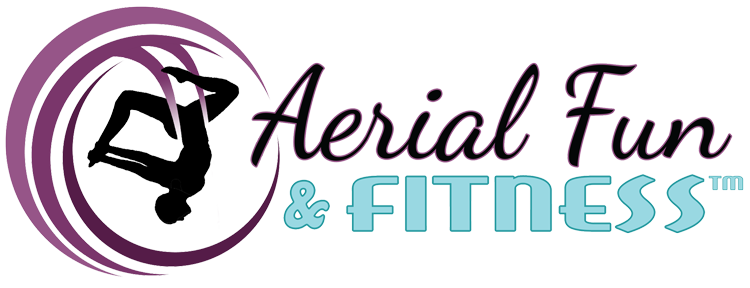To Spilt or Not to Split ... Zina's Aerialosophy - July 2024
Zina's Aerialosophy
(Get it? aerial +philosophy)
To Spilt or Not to Split . Those of us in aerial arts all want splits. We all want those ever-elusive splits...
But did you know that the shape of your pelvis could affect which type of splits you might be better at?
What if your hip bones are more to the side? What if your hip bones face more forward?
There are so many factors to consider when we start working on more advanced positions of the body. For example, everybody has a different amount of collagen and varying muscle fiber types. Are you hypermobile? Are you not hypermobile? Are you stiff? What type of job do you have? Do you sit all day? Do you stand all day?
The next big thing is, "Oh, flexibility will give me splits." Flexibility is a great buzzword, but do you have the strength to hold a limb or your body at end range?
We need to create core strength and mobility. Holding those extreme positions without getting injured should be the goal versus trying to do something more intense too quickly and possibly ending up injured.
Now, does that mean we can't do splits or we shouldn't do splits? Quite the contrary! It's always great to train these skills. After all, we are doing aerial and circus arts, so there are some shapes that need splits. We just need to learn to train them safely.
Consider these points: core strength, keeping your hips square, knowing how to use your core, keeping your quads and your hamstrings active. Do you know how to use your hip flexors and your glutes on the other leg? Do you think about how you breathe and use your core and pelvic floor? Are your ribs down in line with your hips?
I know that's a lot, but it's important to start thinking about these things when you want to start training. A quick fix for a lot of this is making sure you know where your core position is and that you can breathe properly.
Are your ribs over your hips? It sounds too easy, but if you can't breathe in a position, then you're not strong there.
If you have any questions, please reach out.
